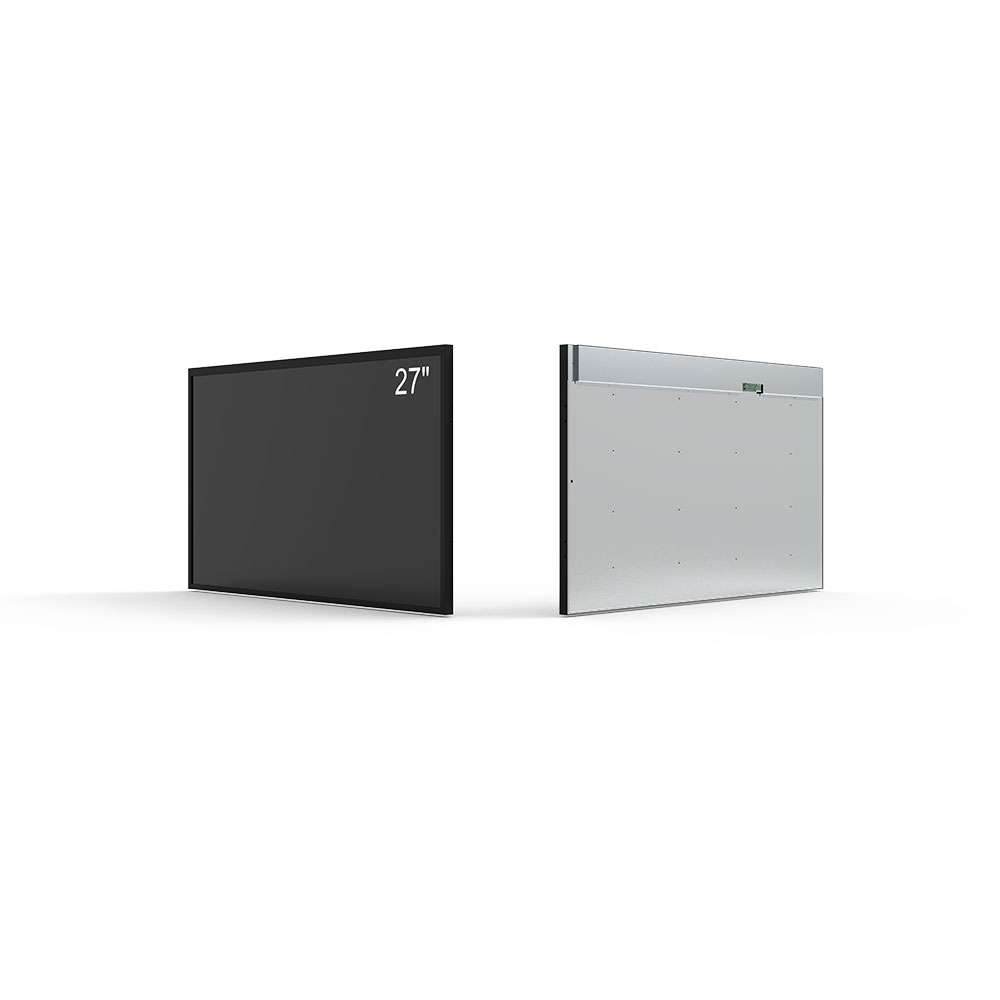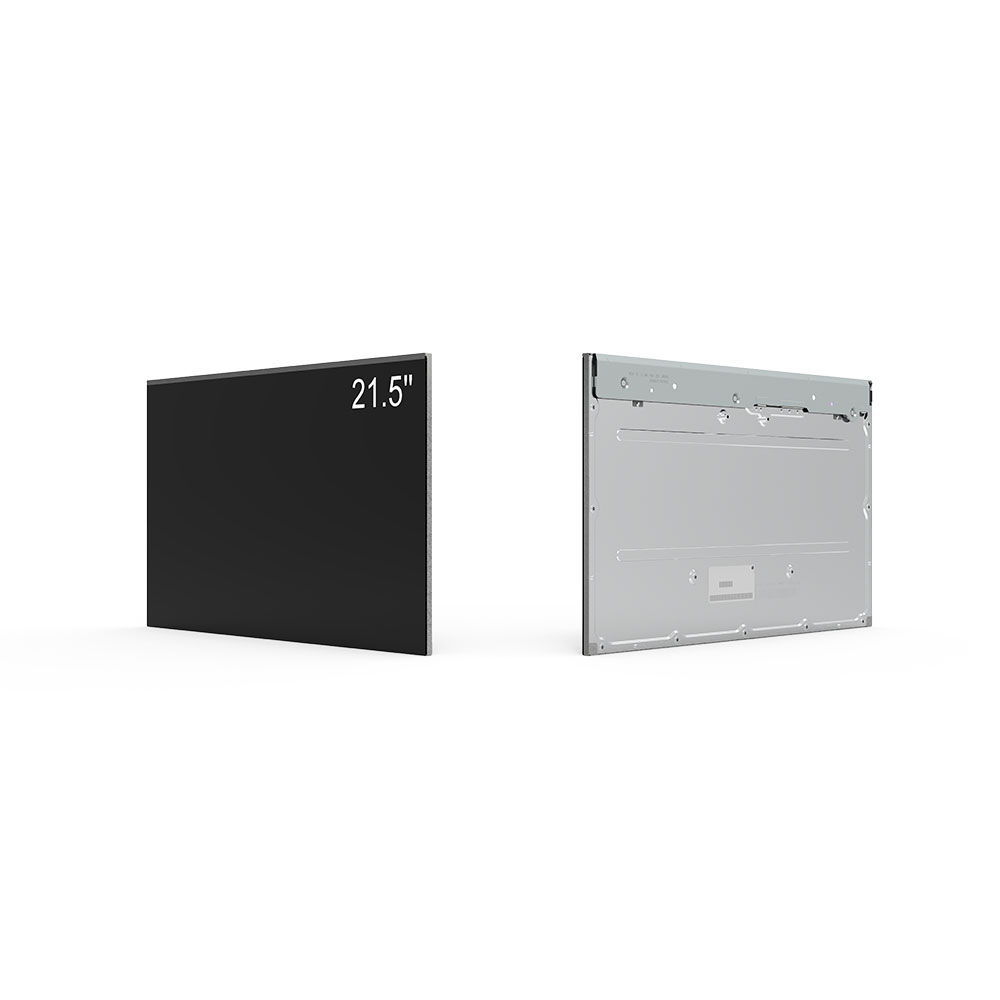Outdoor LCD screens have become essential tools across industries such as retail, transportation, advertising, and public safety. Their ability to deliver high-brightness, weather-resistant visuals makes them ideal for environments exposed to sunlight, rain, and temperature extremes. However, selecting the right outdoor LCD screen—and maintaining it properly—is critical to ensuring consistent performance and maximizing return on investment.
When choosing an outdoor LCD screen, several technical parameters must be considered. First, brightness is paramount—most outdoor screens require at least 5,000 nits to remain visible under direct sunlight, with premium models offering up to 10,000 nits. Second, IP rating matters: an IP65 or higher ensures protection against dust and water ingress, which is vital in humid or coastal climates. Third, display technology—such as LED-backlit LCDs or direct-view LED panels—impacts color accuracy, contrast, and energy efficiency. For instance, a recent case study by LG Display showed that using local dimming in outdoor LCDs reduced power consumption by up to 25% without compromising visibility.
Practical applications are diverse. In urban transit systems, outdoor LCDs provide real-time schedules and emergency alerts, improving passenger experience. Retail stores use them for dynamic digital signage that adapts to foot traffic patterns—boosting engagement by up to 40%, according to a 2023 Nielsen report. Public spaces like stadiums and airports rely on these screens for wayfinding and announcements, where reliability under extreme conditions (e.g., -30°C to +60°C operating range) is non-negotiable.

Despite their robust design, common issues arise if not maintained correctly. Dust accumulation can cause overheating, especially in desert regions—leading to premature backlight failure. A 2022 study by the Society for Information Display (SID) found that 68% of outdoor screen failures were due to inadequate ventilation or poor cleaning protocols. Additionally, moisture intrusion through damaged seals results in internal condensation, causing image distortion or pixel loss.
The latest trends reflect a shift toward smart integration and sustainability. Modern outdoor LCDs now support IoT connectivity for remote diagnostics and predictive maintenance via AI algorithms. Some manufacturers, including Samsung and Sharp, are incorporating solar-powered solutions to reduce grid dependency—a trend gaining traction in off-grid locations like national parks and rural villages. Furthermore, OLED-based outdoor displays are emerging as a low-power alternative, though they currently face durability challenges in prolonged UV exposure.

In summary, successful deployment of outdoor LCD screens demands attention to technical specs, proactive maintenance, and alignment with current innovations. By understanding these factors, organizations can ensure clear, reliable, and cost-effective visual communication in any environment.







